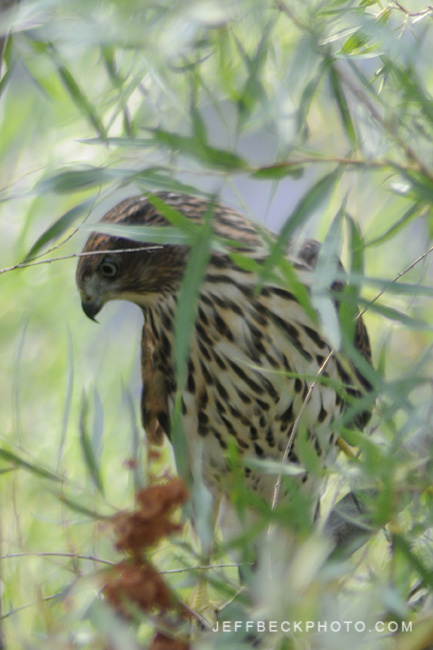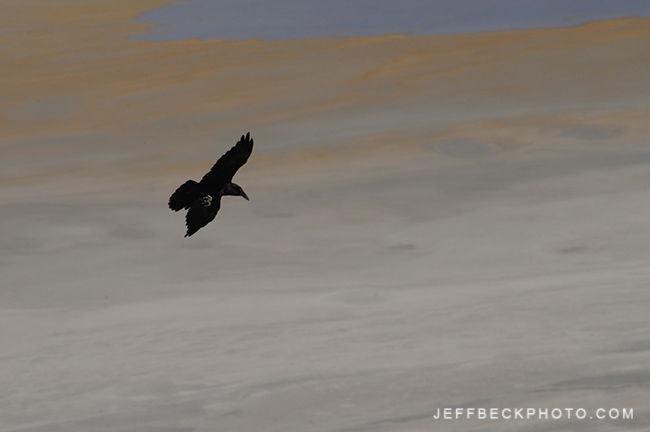This image accompanied my third blog post ever, back on February 1st, 2009. It was also my second most visited post at the time I switched to the new website. Sadly I’ve lost the original text and the comments. The image is from July 2006. It’s another view from another summer, from the summit of the Pfeifferhorn, this time at sunrise.
The original text described the situation: I had come to the alpine ridge prepared to spend the night in hopes of taking advantage of two golden hour photo sessions. My intent was to spend the night on the unnamed peak just west of the Pfeifferhorn and photograph the imposing west face of the Pfeifferhorn at sunset. After about five hours of hiking with a full pack, I realized I hadn’t given myself enough time to reach that unnamed summit, and decided to stay put on top of the Pfeifferhorn to photograph the sunset.
A bit later I decided to stay put for the night. Not a great place to camp, barely enough room for one body to lie flat without being jabbed by rocks, but I didn’t want to pick my way off the summit cone by headlamp, and I did want to be able to just roll out of my one-man shelter to photograph the sunrise. It was a lousy night sleep as the wind howled and I worried about the flashes of lightning I’d seen to the west, over the Oquirrhs, before turning in.
As it turned out, the night’s weather blew in a lot of clouds which made the sunrise much more colorful than the previous night’s sunset. I was glad I had made the effort to treat myself to two edge of day photo sessions, high in the Lone Peak Wilderness. My original post had a great closing line. I wish I could remember it, something about finding unique photographic perspectives on mountain summits. The effort always seems to be rewarded.




















